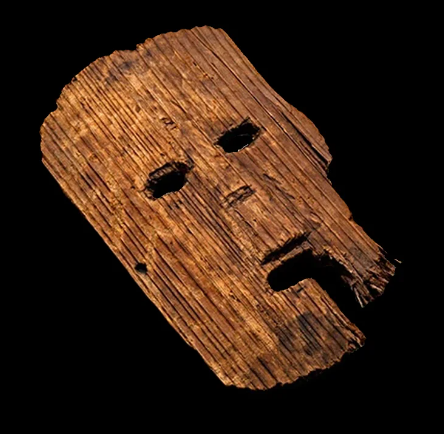Kunihiko Imai
Source - http://www.asahi.com/ajw/articles/AJ201612250005.html
 Nara University professor Yoshihiro Senda on Dec. 9 points at a layer of earth that was likely one part of the Sanada Maru fortress in what is now Osaka’s Tennoji Ward. (Kazushige Kobayashi)
Nara University professor Yoshihiro Senda on Dec. 9 points at a layer of earth that was likely one part of the Sanada Maru fortress in what is now Osaka’s Tennoji Ward. (Kazushige Kobayashi)
Possible groundwork for the Sanada Maru fortress has been found, shedding light on the stronghold built and used by warlord Sanada Nobushige during the Siege of Osaka (1614-1615), a private group said.
The group, which calls itself the “Sanada Maru excavation promotion council,” said the discovery was made during the first excavation work in search of remains of the fortress in the Esashi-machi district of Osaka’s Tennoji Ward.
Group members said Dec. 9 that a layer of artificially filled earth at the site lends weight to their theory that the fortress was square-shaped and larger than previously thought.
Sanada Maru was an Osaka Castle branch that projected southward from the Sogamae (general frame) moat, which defined the outermost contour of the Toyotomi clan’s castle.
Nobushige (1567?-1615), commonly known as Sanada Yukimura, fought on the side of the Toyotomi clan during the 1614 Winter Campaign, one of the major battles in the Siege of Osaka.
The warlord entrenched himself at Sanada Maru and repelled Tokugawa Shogunate forces, causing them major losses.
After peace was made following the Winter Campaign, Sanada Maru was demolished.
The name of the fortress is the title of a yearlong period drama series aired by Japan Broadcasting Corp. (NHK) this year.
Most available historical drawings represent the fortress in a semi-circular shape.
However, group leader Yoshihiro Senda, a Nara University professor of castle archaeology, and his colleagues assume Sanada Maru was a square-shaped structure based on other drawings, old topographic charts, aerial photos and other materials.
The site is now largely the grounds of the Osaka Meisei Gakuen high school complex.
 Workers found the layer of artificially filled earth when they excavated 70 square meters of land on the northern part of the plot that resembles the remains of a moat in an old cadastral map.
Workers found the layer of artificially filled earth when they excavated 70 square meters of land on the northern part of the plot that resembles the remains of a moat in an old cadastral map.
A land plot on the southern area also remains depressed like a moat, indicating that the filled earth layer may have been part of earthwork surrounding Sanada Maru, members said.
Senda pointed out that the fill was found directly above natural ground, showing that the demolition of Sanada Maru did not involve significant changes in the terrain.
That means it is possible to estimate the shape and size of the fortress from present-day topography, the professor said.
“Sanada Maru could be reconstructed to a rectangular shape, which measured 300 meters in the east-west direction and 350 meters in the north-south direction, including the breadth of the moat,” Senda said. “It may have been larger than previously assumed.”
The group has no plans for an on-site briefing session, but instead will present the survey results in a public session in February or March.